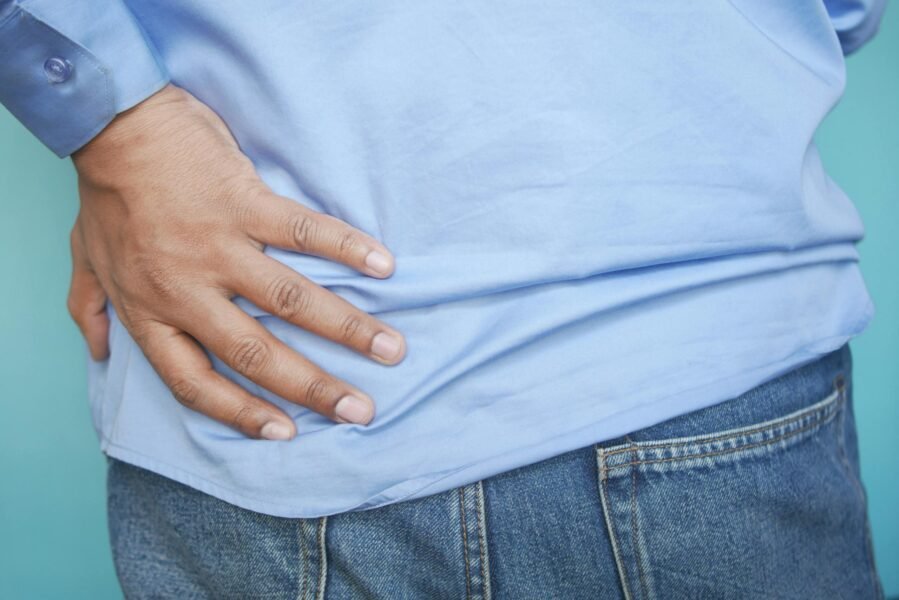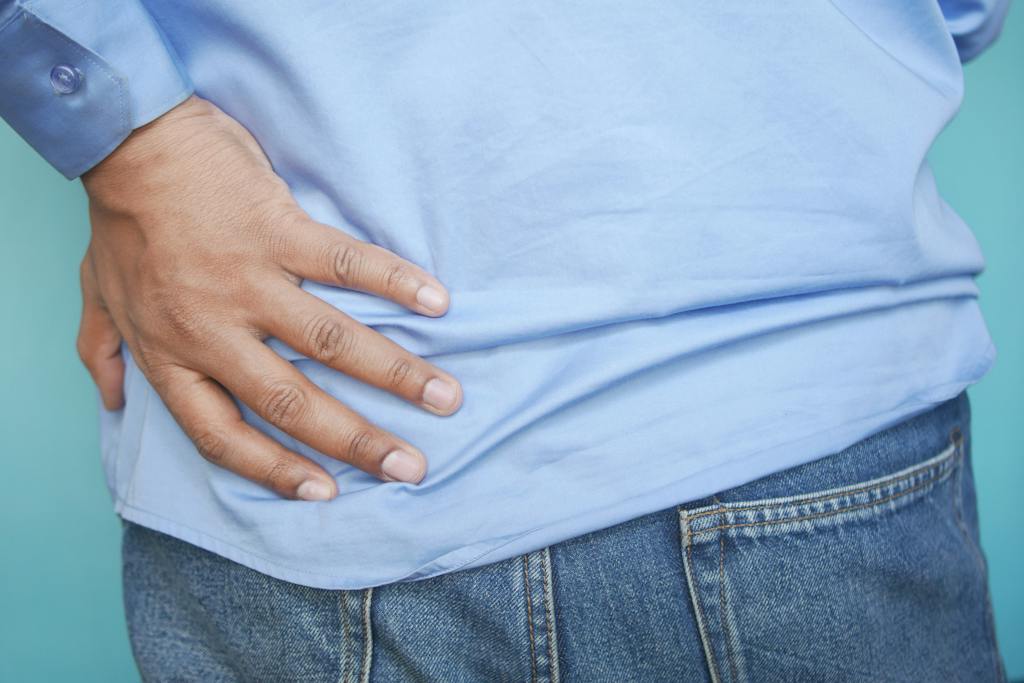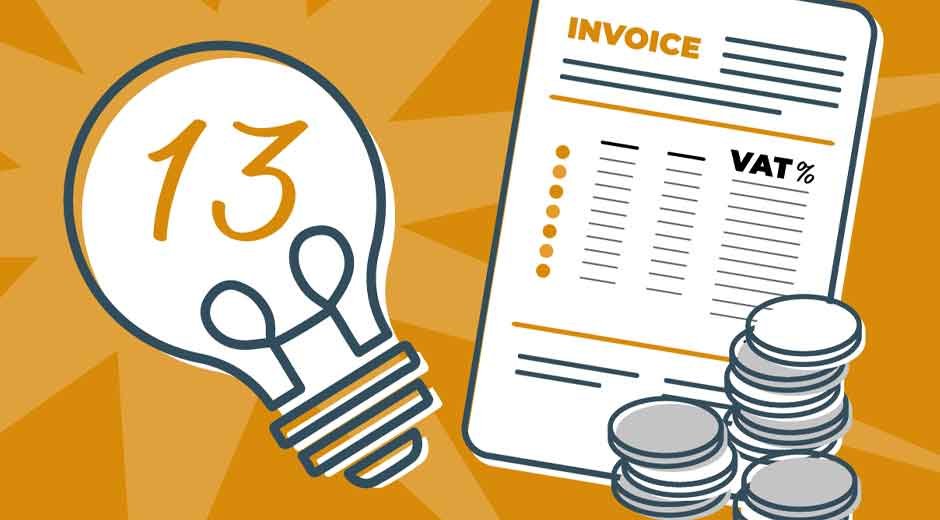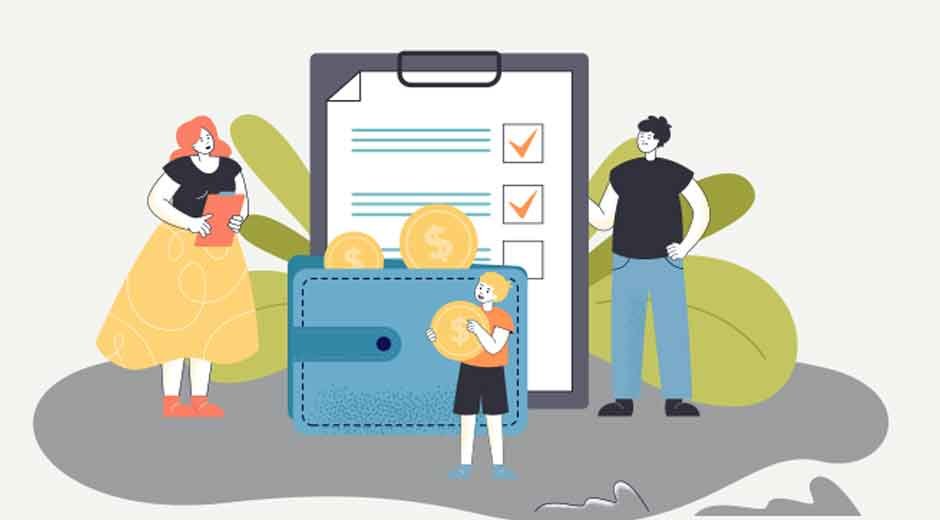How can I ease hip pain in the elderly?

As we age, it’s common to experience aches and pains in various parts of our bodies. One area that is especially susceptible to pain and discomfort is the hip joint. Hip pain affects an estimated 20–30% of elderly adults and can severely impact mobility and quality of life.
The causes of hip pain can range from arthritis to muscle strains to fractures. As a physical therapist who specializes in treating elderly patients, I’ve helped countless individuals find relief from chronic hip discomfort.
In this blog post, I’ll discuss the common causes of hip pain in the elderly and provide actionable tips to help ease pain and restore mobility.
Common Causes of Hip Pain in the Elderly
Here are some of the most prevalent reasons why seniors experience hip pain:
Arthritis
Osteoarthritis and rheumatoid arthritis are common age-related causes of hip pain. The cartilage around the hip joint wears down over time, resulting in bone-on-bone friction, inflammation, swelling, and joint damage. This leads to stiffness, achiness, and trouble moving the hip.
Bursitis
Bursae are fluid-filled sacs around joints that provide cushioning between bones and tissues. When inflamed, bursitis can cause localized pain in the hip area. This often results from repetitive overuse of the hip muscles or acute trauma like a fall.
Muscle Strains
The muscles surrounding the hips like the hip flexors and gluteal muscles can become strained from overuse injuries or imbalance. Muscle strains generate feelings of tightness and soreness in and around the hips.
Fractures
Seniors are at high risk for fractures and breaks resulting from falls or osteoporosis. Hip fractures often require surgery and extended recovery but can happen spontaneously in weakened bones too.
Pinched Nerves
Sciatica caused by a herniated disc or spinal stenosis can lead to numbness, tingling, and radiating hip pain from impinged nerves.
Trochanteric Bursitis
Inflammation of the bursa over the prominent upper bone on the side of the hip joint. Causes lateral hip pain, worse with lying on that side.
Conservative Ways to Alleviate Hip Pain at Home
While more severe hip injuries and arthritis may warrant physical therapy or surgery, initial treatment focuses on conservative at-home care to alleviate discomfort. Here are some of my top recommendations for easing hip pain:
Rest
Take pressure off injured hip muscles and joints by resting for 24-48 hours after onset of pain. Switch between lying down, sitting in a supportive chair and very light walking.
Ice Packs
Using an ice pack wrapped in a thin towel for 10-15 minutes several times per day can help reduce inflammation and soreness around the hips. Always take precaution not to over-ice and numb the skin.
Over-the-Counter Medications
Anti-inflammatory medications like Advil, Aleve or Motrin can temporarily ease mild to moderate hip discomfort related to strains, arthritis or bursitis when taken as directed. Acetaminophen offers an alternative for those who cannot take NSAIDs.
Heat Therapy
Alternating a heating pad or warm pack with ice therapy helps muscles relax for pain relief. Use a warm compress or take a warm bath for 15 minutes 1-2x daily avoiding direct skin contact to prevent burns.
Assistive Devices
Taking pressure off injured hips when walking can provide noticeable relief. Use a cane held on the opposite side or crutches until you regain strength and mobility.
Stretches
Simple stretches that target the hips, glutes, hamstrings and low back muscles help ease tightened tissues contributing to hip pain. Hold gentle stretches for 30 seconds, repeating 5 times daily.
Massage
Use tennis balls or foam rollers to perform self-myofascial release and break up muscle knots in the glutes, hips and thighs. See a massage therapist bi-weekly for manual tight muscle release.
Lateral Hip Raises
Lie on one side with knees bent to perform 3 sets of 15 lateral leg raises to strengthen outer hip muscles and stabilize the hip joint.
Maintain Healthy Weight
Carrying excess weight puts increased stress on weight-bearing joints like hips. Losing even 5-10 lbs takes pressure off sore hip joints.
When to See a Doctor
It’s important to consult your physician if at-home care fails to ease your hip discomfort after 1-2 weeks. Seek prompt medical attention for:
- Severe or worsening hip pain
- Inability to bear weight on hip
- Noticeable swelling/bruising
- Trauma from fall or injury
- History of cancer or osteoporosis
- Pain accompanied by fever
- Difficulty walking
Red flags like these may indicate something more serious like a fracture, infection or advancement of arthritis requiring further imaging, specialty referral or surgery. Early intervention prevents complications.
Physical Therapy for Hip Pain Relief
Seeing a physical therapist offers many advantages for treating chronic hip pain. Your PT performs an evaluation to pinpoint the source of discomfort and functional limitations. They then create a customized treatment plan that incorporates:
Flexibility Exercises
Gentle range-of-motion stretches and hip mobilization techniques help ease stiff, tight joints and muscles.
Strengthening Exercises
Targeted strength training rebuilds stability around the hip joints and alleviates muscular weakness that causes imbalance or strain.
Manual Therapy
Hands-on techniques like massage, joint mobilization and trigger point release loosen tight muscles and alleviate inflammation.
Postural Training
Correcting postural dysfunction, muscle tightness, and movement compensations provides lasting relief by addressing the root causes of hip pain.
Functional Training
Practice walking, balance reactions, squatting, and stair negotiation in safe settings to build hip mobility and prevent future injuries.
Pain Relief Modalities
Heat, ice, electric stimulation therapy and ultrasound help relieve intermittent flare ups of hip pain and inflammation between exercise sessions.
Assistive Devices
Crutches, canes and joint supports aid healing by removing weight bearing activities too painful in initial stages of rehabilitation.
Home Exercise Program
Your PT provides personalized take-home hip stretches, strength exercises and pain modulation techniques to expedite recovery.
If hip injections, medication, or surgery are ever warranted down the road, pre-hab physical therapy still lays the groundwork for quicker recovery of strength and mobility post-procedure.

Best Exercises to Strengthen Hips & Relieve Pain
While each patient requires an individualized rehab program, I frequently prescribe these proven hip exercises to build strength, mobility and stability in elderly adults with hip arthritis or injuries.
Mini-squats
Stand with feet hip-width apart, engage core muscles and initiate movement from the hips to perform a partial squat. Descend just a few inches then rise back up without letting knees travel forward over toes. Aim for 2-3 sets of 10-15 mini-squats daily to strengthen hip flexors and quadriceps.
Glute Squeezes
Lie on back with knees bent, feet flat. Engage (squeeze inward) the gluteal muscles for a 5 count. Relax muscles completely and repeat for 10 reps x 2 sets daily. Tip: Place hands under lower back to monitor if muscles fully relax between reps.
Hip Abduction
Lie on one side, stacking legs with a pillow between knees. Lift top leg straight out to the side, leading with the heel. Don’t let pelvis roll back. Lower leg slowly. Repeat 10-15 times then switch sides.
Clamshells
Lie on one side with knees together bent at 90 degrees. Keeping feet touching, raise top knee as high as comfortably possible while keeping pelvis still. Aim for 15 reps then repeat on other side.
Bridge
Lie on back with knees bent, arms down by side. Engage core and glutes to lift hips off floor until thighs and torso form straight line. Squeeze glutes at top, lower down with control. Build to hold bridge for 30 seconds, 2-3x per day.
Step-ups
Stand facing a step or sturdy bench, step up leading with the affected leg, and bring the trailing leg to meet it. Step back down, one leg at a time, with control. Repeat 10 times on each side, twice daily, to build strength.
Conclusion
I hope this overview on the common causes of hip pain in the elderly coupled with at-home relief strategies and targeted strengthening exercises proves helpful for aging adults seeking to ease hip discomfort. Don’t hesitate to consult a doctor or physical therapist if pain persists longer than 2 weeks or severely limits mobility.
With appropriate treatment, most cases of hip pain can be successfully managed, allowing seniors to maintain active lifestyles. Please reach out with any further questions!





